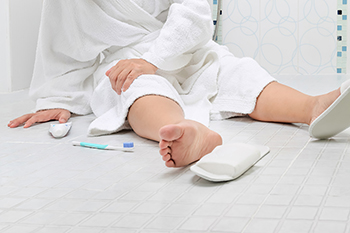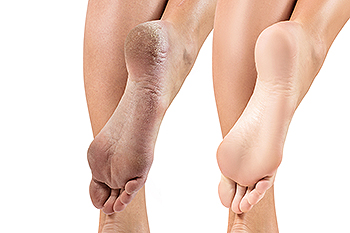Both osteoarthritis and rheumatoid arthritis can cause joint pain, stiffness, and difficulty walking. Wearing the right shoes can help manage the symptoms of arthritis and maintain your mobility. The shoes you wear should fit properly and be comfortable. Box toed shoes, or shoes with a wide toe box, are beneficial as they give your toes space to move and don’t put excess pressure on them. Running shoes can also be helpful for symptom management as they are typically made of lightweight and comfortable materials and offer support for the foot. Your podiatrist may also suggest orthotic insoles that you can put in your shoes to relieve pressure and support your feet. If you are living with arthritis and would like more information about how to find the right shoes for you, please consult with a podiatrist.
Arthritis can be a difficult condition to live with. If you are seeking treatment, contact Terri Quebedeaux, DPM from Agave Podiatry . Our doctor can provide the care you need to keep you pain-free and on your feet.
Arthritic Foot Care
Arthritis is a joint disorder that involves the inflammation of different joints in your body, such as those in your feet. Arthritis is often caused by a degenerative joint disease and causes mild to severe pain in all affected areas. In addition to this, swelling and stiffness in the affected joints can also be a common symptom of arthritis.
In many cases, wearing ill-fitting shoes can worsen the effects and pain of arthritis. Wearing shoes that have a lower heel and extra room can help your feet feel more comfortable. In cases of rheumatoid arthritis, the arch in your foot may become problematic. Buying shoes with proper arch support that contour to your feet can help immensely.
Alleviating Arthritic Pain
- Exercises that stretch the foot can prevent further pain and injury and increase mobility
- Most of the pain can be alleviated with anti-inflammatory drugs, heat, and topical medications
- Massages can help temporarily alleviate pain.
It is best to see your doctor for the treatment that is right for your needs and symptoms. Conditions vary, and a podiatrist can help you determine the right method of care for your feet.
If you have any questions, please feel free to contact our offices located in Seguin, LaVernia, Gonzales, and Lockhart, TX . We offer the newest diagnostic tools and technology to treat your foot and ankle needs.

 Falling
Falling


